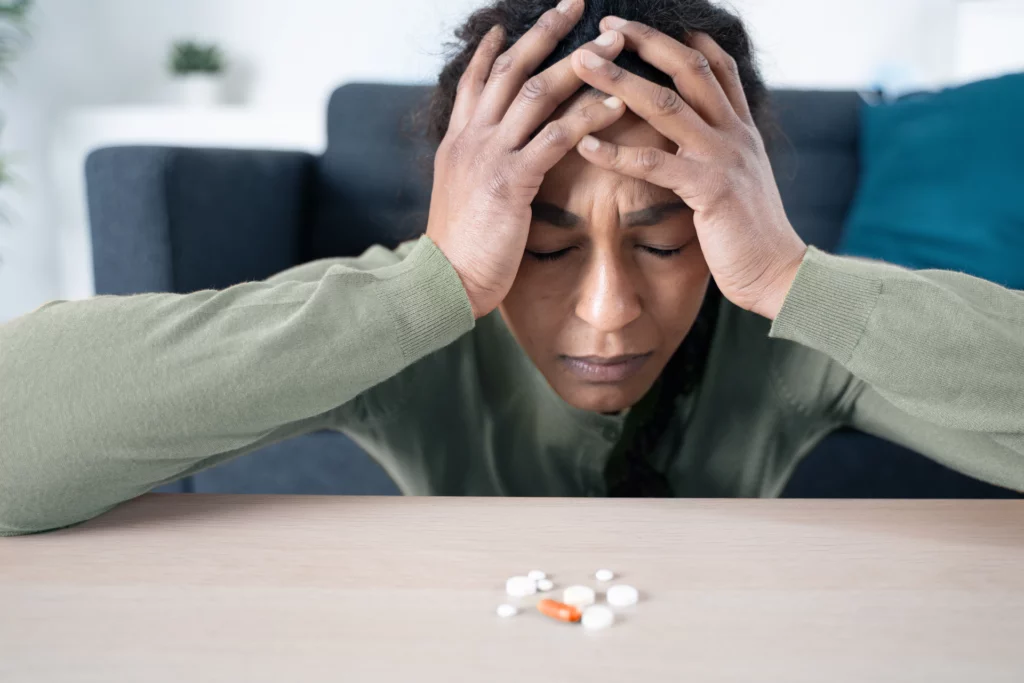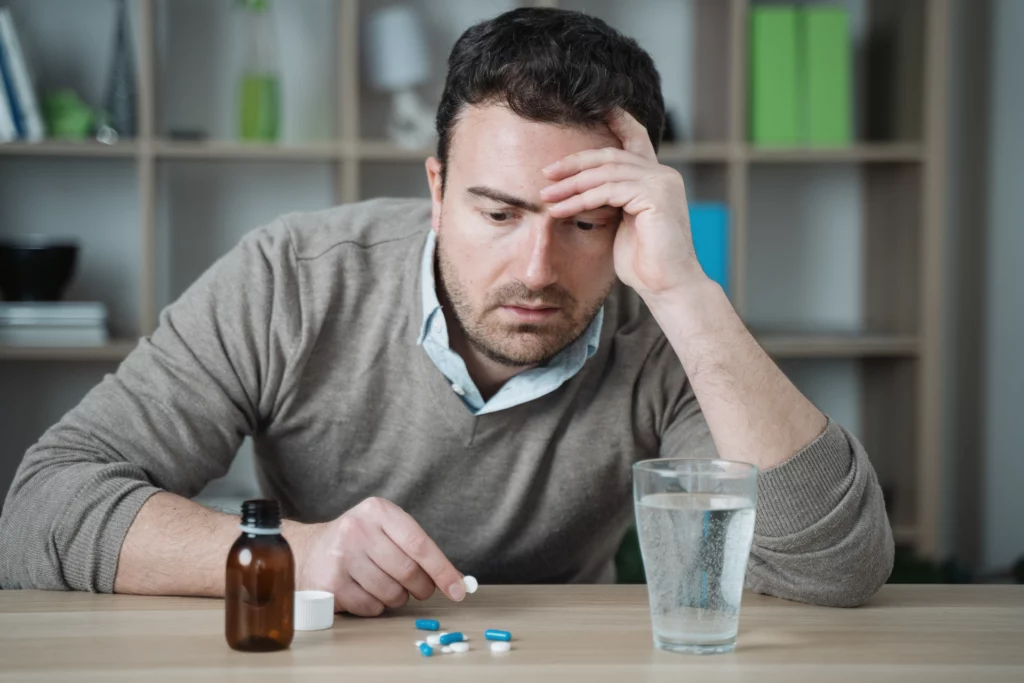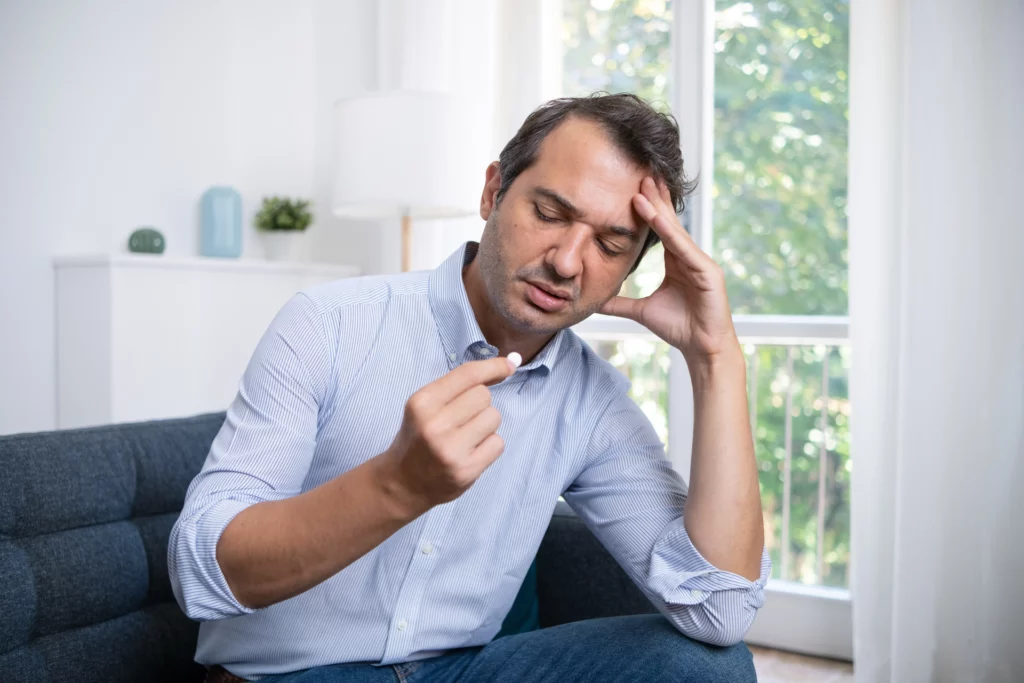Types of Benzodiazepines and Uses
There is a huge argument regarding Ativan vs Xanax vs Klonopin, also known as “mothers little helper” due to its use among parents. Alprazolam and generic benzo names are used in replacement for the words Xanax or Ativan.
- Diazepam: Also known as Valium. Fast onset, begins working within 60 minutes. Duration of 1 to 3 days.
- Clorazepate: Also known as Tranxene. Begins working within 30-60 minutes.
- Oxazepam: Known as Serax. Has a slow onset.
- Lorazepam: Also known as Ativan. Duration of 11 to 20 hours.
- Alprazolam: Known as Xanax. Intermediate onset. Duration of 11 to 20 hours.
- Clonazepam: Known as Klonopin. Same onset as Alprazolam.
- Clorazepate: Also known as Tranxene. Short-acting agent. Lasts 3-8 hours.
- Triazolam: Known as Halcion. Short-acting agent. Lasts 3-8 hours.
- Clonazepam: Also known as Klonopin. Duration of 1 to 3 days.
- Alprazolam (Xanax)
- Chlordiazepoxide (Librium)
- Chlorazepate (Tranxene)
- Diazepam (Valium): Can also be used for help with muscle relaxation
- Lorazepam (Ativan)
- Clonazepam (Klonopin)
- Clorazepate (Tranxene)
- Lorazepam (Ativan)
- Clobazam (Onfi)
- Diazepam (Valium)
Benzos used for Insomnia:
- Estazolam (Prosom)
- Flurazepam (Dalmane)
- Quazepam (Doral)
- Tmazepam (Restoril)
- Triazolam (Halcion)

Side Effects of Benzodiazepines
The risks of detox come along with withdrawal symptoms, and can include seizures and even death.
The most common side effects associated with benzodiazepines include:
- Sedation
- Feeling dizzy or weak
- Unsteadiness
- Transient drowsiness
- Feeling depressed
- Headaches
- Insomnia
- Confusion
- Feeling irritable
- Confusion
- Feeling irritable
- Aggression
- Excitement
- Memory loss
Alternatively, common withdrawal symptoms include anxiety, trouble sleeping, restlessness, muscle tension, and irritability. Less common benzodiazepine withdrawal symptoms include nausea, blurred vision, night terrors, depression, tremors, twitching, or spasms. Rare benzodiazepine withdrawal symptoms include hallucinations, delusions, seizures, ringing ears.
Addictive Properties of Benzodiazepines
Benzo Tolerance
Withdrawals from Benzodiazepine Drugs

Importance of Medical Detox Measures
Dual Diagnosis and Benzos
Stopping the use of benzos when suffering from dual diagnosis means a common onset of depression, anxiety, OCD symptoms, PTSD, and obtrusive thoughts. This is when it is essential to go to dual diagnosis treatment.
Drug Interactions with Benzodiazepines
Getting Treatment for Benzodiazepines

